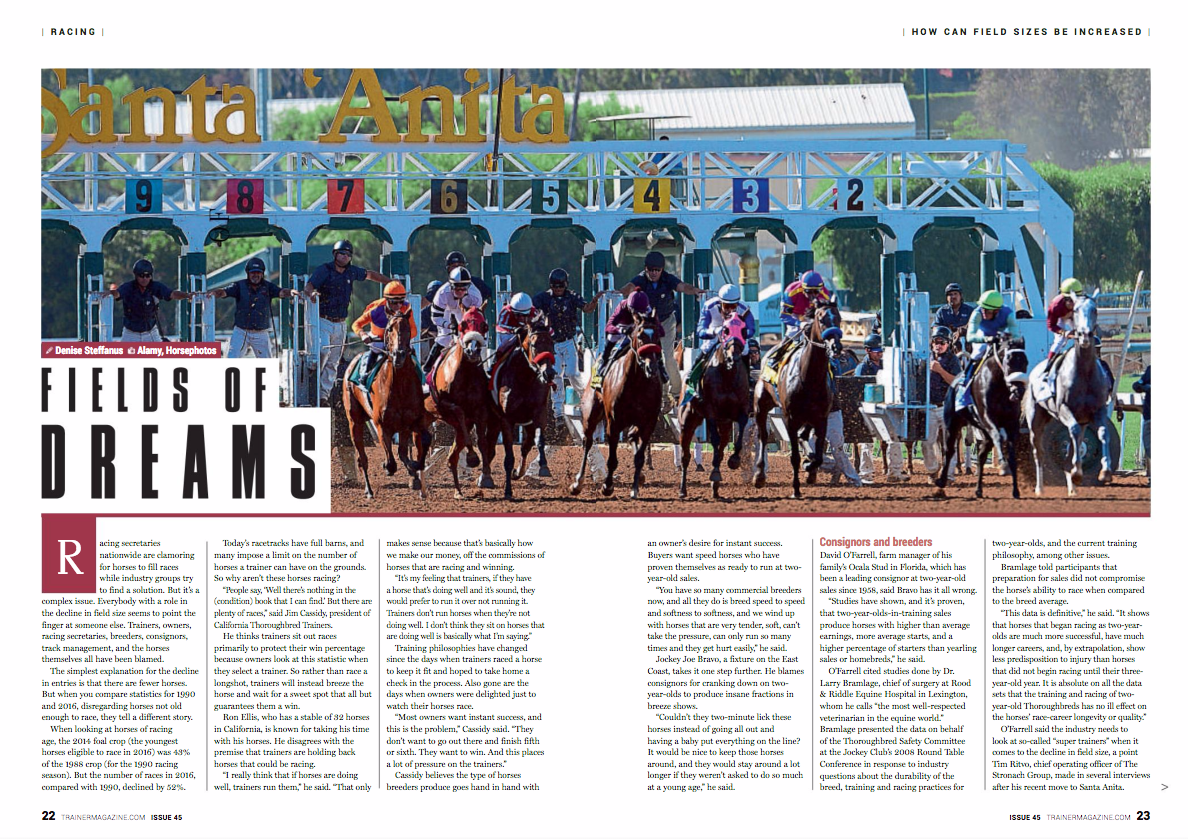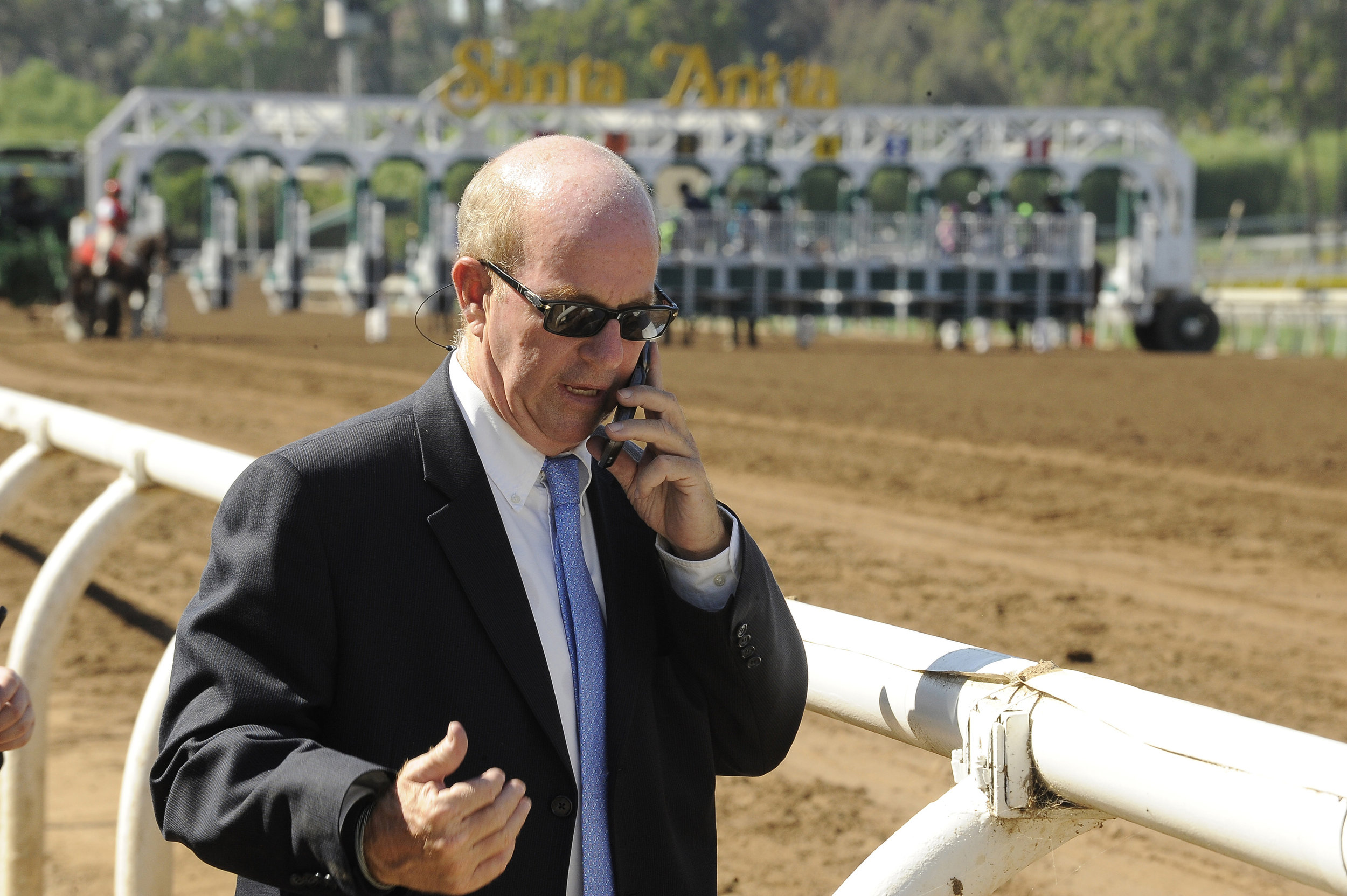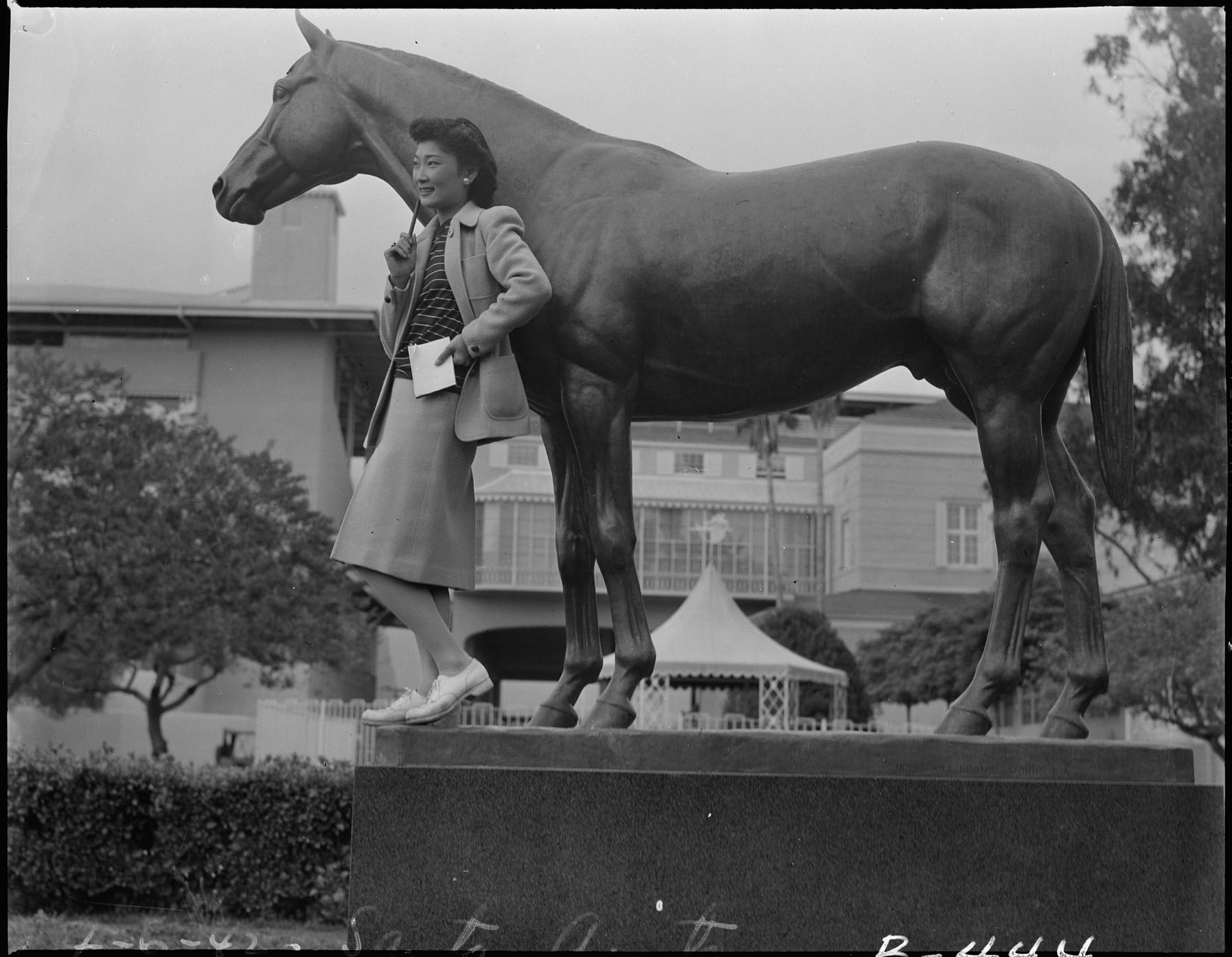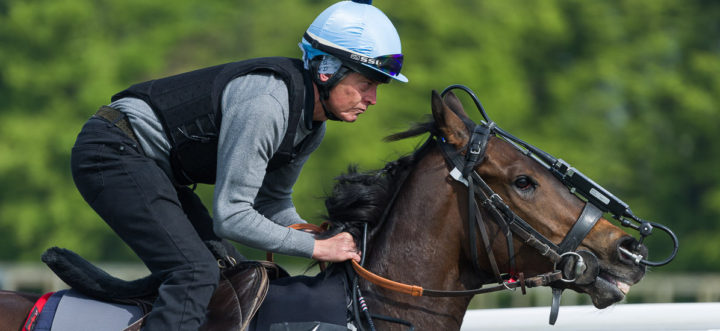Profile: Mike Stidham
/“I’m a very self-conscious person who thinks a lot, worries a lot, and is a perfectionist. In this business, there’s not a lot of perfection.”
First published in North American Trainer August - October 2017 issue 45
Click here to order this back issue!
SEE OUR EXCLUSIVE PHOTOSHOOT
How do you reconcile a win-only mentality in a profession where a 25 percent success rate is as good as it gets?
“I struggle with it to this very day,” trainer Mike Stidham said. “If I expect a horse to win and he doesn’t, I don’t want anybody to be around me for a little time. I’ve always been a very competitive person. I’m an action junkie who loves competing and I want to win. It’s not the greatest way to live because it’s impossible to do.”
Fortunately for the 59-year-old conditioner, his horses have been winning more often than ever in his 38-year-old career as he builds a national presence after winning his first training title at the Fair Grounds in 2016, the same year he finished 36th overall in the country by earnings, with $3,747,766. That remains his most successful year to date thanks to a career-high 105 victories from 608 starts.
Those numbers are remarkable considering he was almost forced out of the business when he won just six races in 1989 and three in 1990.
Yet now, as he has his whole life, he wants more. He wants better.
“I’m the kind of person who’s hard on myself,” Stidham said. “I always want a reason why. ‘Why didn’t he run good? What did I do wrong?’ I’m a very self-conscious person who thinks a lot, worries a lot, and is a perfectionist. In this business, there’s not a lot of perfection.”
That didn’t prevent the late Hall of Fame jockey Bill Hartack, a close friend of Stidham’s family who was a mentor and like a kind uncle to Stidham, from feeling the same way.
“My mother would cook dinner and he would come over,” Stidham said. “One night, I asked my dad why Bill was so upset. My dad said, ‘He rode seven and only won five.’ When he was riding, he expected to win every race. When he didn’t, he wasn’t easy to be around. He was very serious. That’s why he was so successful.”
Hartack, though, just like Stidham, had a softer side. “He was two different people,” Stidham said. “When he came to our home on days he wasn’t riding, he was like a little kid. He really was. He took us to amusement parks and played with us. I think that was his release.”
Stidham’s now-84-year-old mother, Anita, agreed: “They would go to the movies. He’d take a lot of Michael’s friends to Disney. He’d take a day off and take all the kids to the movies all day long. They used to do fun things.”
After Hartack passed away in 2007, Stidham and several other friends established the Bill Hartack Charitable Foundation, which rewards each year’s winning Kentucky Derby jockey with a ring. Ticket sales for the event and ads in the program raise money, and the winning jockey chooses which charity he wants to help. Already, donations have been made to the Permanently Disabled Jockeys Fund, the Winners Foundation, and the Racing Employee Assistance Program. At the event, the Stidhams bring and display Hartack’s five Kentucky Derby trophies that he left them.
The Foundation gives Stidham’s mother another reason to smile about her son. “I couldn’t be any prouder,” she said. “He excels in everything he does and he’s a good person.”
And his over-competitive drive? “That I believe he got from Bill,” she said. “Michael was around him a lot growing up. He picked up some of Bill’s traits. Michael was very competitive, all his life, in everything he did. He always wants to win.”








































































